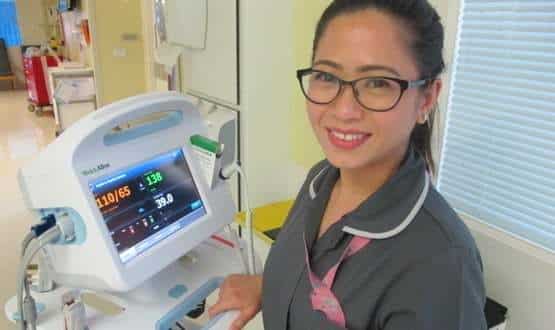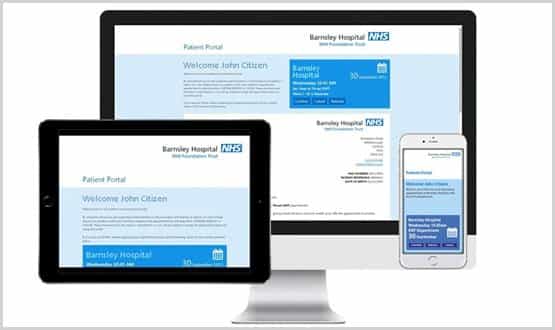E-obs attack norovirus at Portsmouth
- 15 September 2015

Portsmouth Hospitals NHS Trust has used an electronic observations system to cut outbreaks of norovirus by more than 90% over five years.
Research published in the journal BMJ Quality and Safety reveals the impact of a combination of simple clinical measures and computer-based surveillance to identify and manage patients who are potentially infected with the vomiting bug.
Portsmouth worked with The Learning Clinic to develop a new module of e-observations system VitalPAC called Infection Prevention Manager.
VitalPAC is already used hospital-wide by staff on Apple iPods to record patient observations. The infection manager module captures extra indicators such as nausea and vomiting and uses a new algorithm to identify potential cases of norovirus.
The Learning Clinic spokesman Michael Clarke said the system flags up potential cases to the staff member inputting the observations and alerts the infection prevention and control team, who can then respond.
A study found that between 2009 and 2014, the number of norovirus outbreaks fell by 91%, from 21 to just one. The number of affected staff fell by 81% and the days of disruption in the hospital as a result of the virus fell by 88%.
“This is clear evidence of the impact of this programme and there’s no reason why it can’t be replicated in other trusts,” said Clarke.
“It’s a combination of technology and people changing the way they work. The technology gives the information at the right time to the staff and staff can take action.”
Dr Caroline Mitchell, associate director for infection and patient safety at Portsmouth said: “The combination of new technology and better training and organisation of our staff has contributed hugely to our successful results in this field.”
The infection control module is also in use at East Kent Hospitals University NHS Foundation Trust and is available for use in the more than fifty other trusts using VitalPAC.




